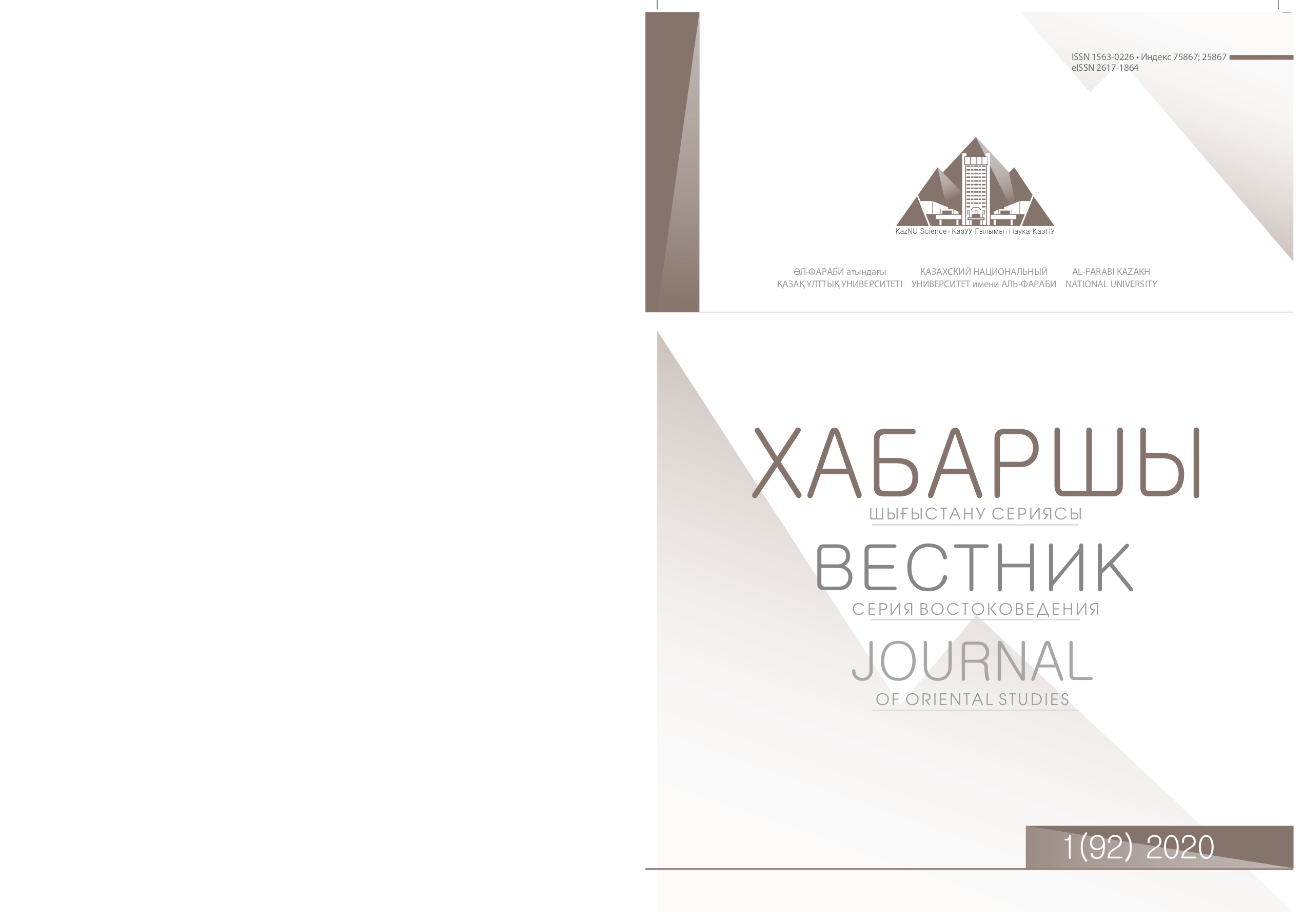Kazakh inheritance law and its difference from other legal systems
DOI:
https://doi.org/10.26577/JOS.2020.v92.i1.09Abstract
After gaining independence Kazakhstan started studying its historical heritage in the context of spirituality of Central Asian nations. The preservation of historical and cultural heritage can serve as boon to renewal of spiritual identity. The research of Central Asian and Mawrenahr (Transoxiana) medieval scholars, as well as modern-day local and foreign scholars will help to uncover Turkic civilization from various perspectives of its historical evolution, in which Muslim theologians played a crucial role. The inheritance law of Turkic people pre-and-post Mongol invasions was researched fragmentarily, and this makes the research critical and offer future perspectives. “In the world there are many cultural layers, which exist over-centuries, but remain undiscovered for public. Consequently, they are unrecognized and not given due” quoted a famous historian Salyk Zimanov. Each modern state has its unique historical evolution. The governmental forms and their legal systems were shaped over course of centuries depending on religion, culture, policy, economy and geographic location. The legislative establishment was formed based on ethnic and cultural factors. Building national legal framework is one of key tasks for every state and hence research of inheritance law in Kazakh steppe is important. Methodology: research work was written using theoretical works on history of religion, theory of law, history and theory of culture, ethnographic, Islamic law, Kazakh khanate law and other. The historical-comparative analysis and synthesis method were applied to study historical succession of Turkic spirituality for medieval period. Key words: history, cultural heritage, inheritance system, Islam, Turkic peoples.




